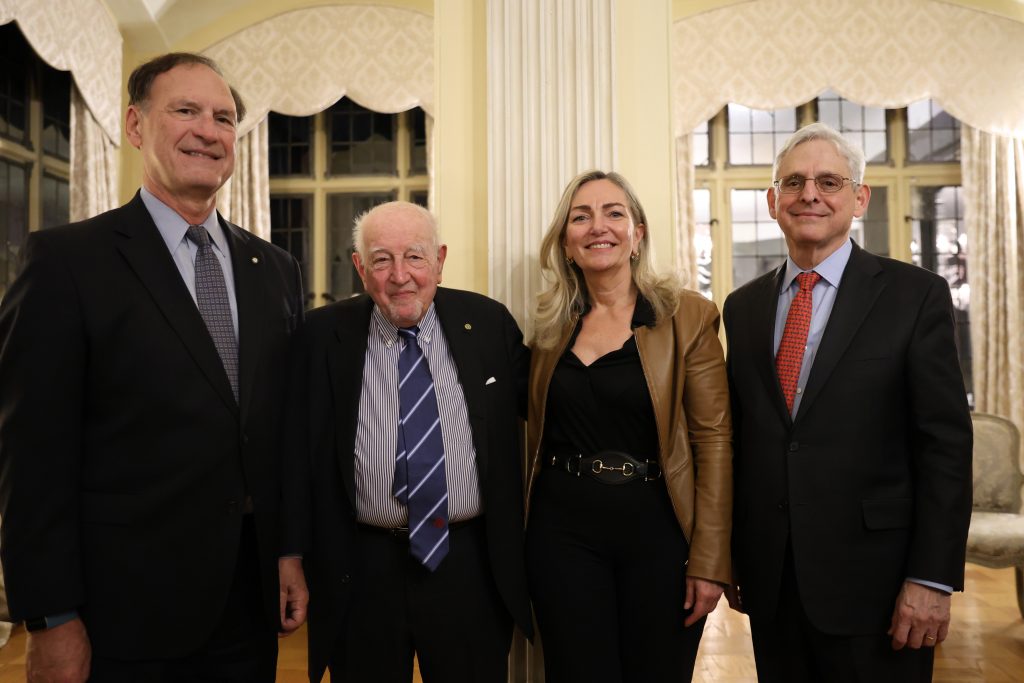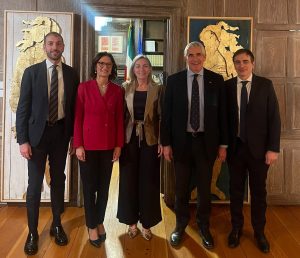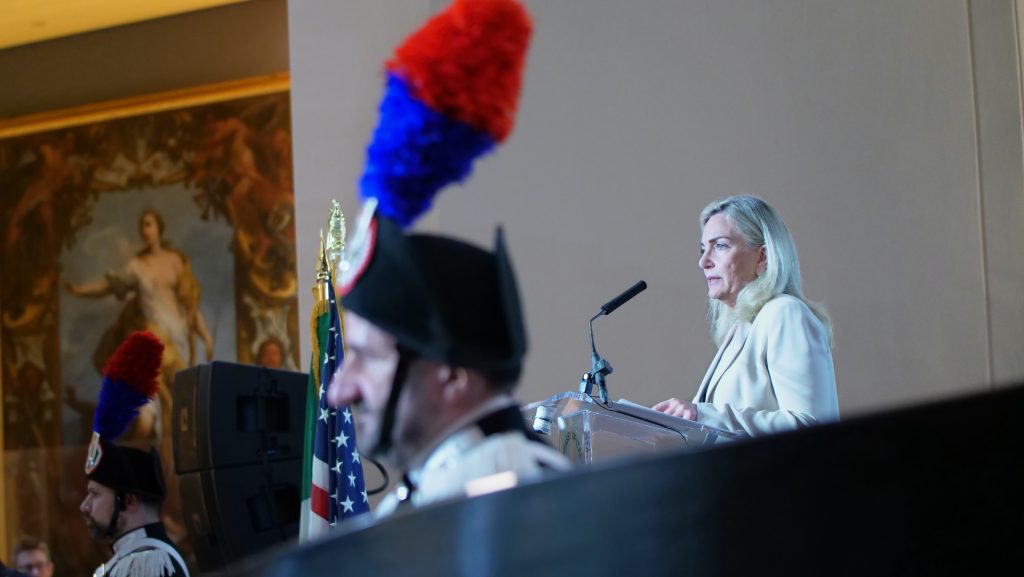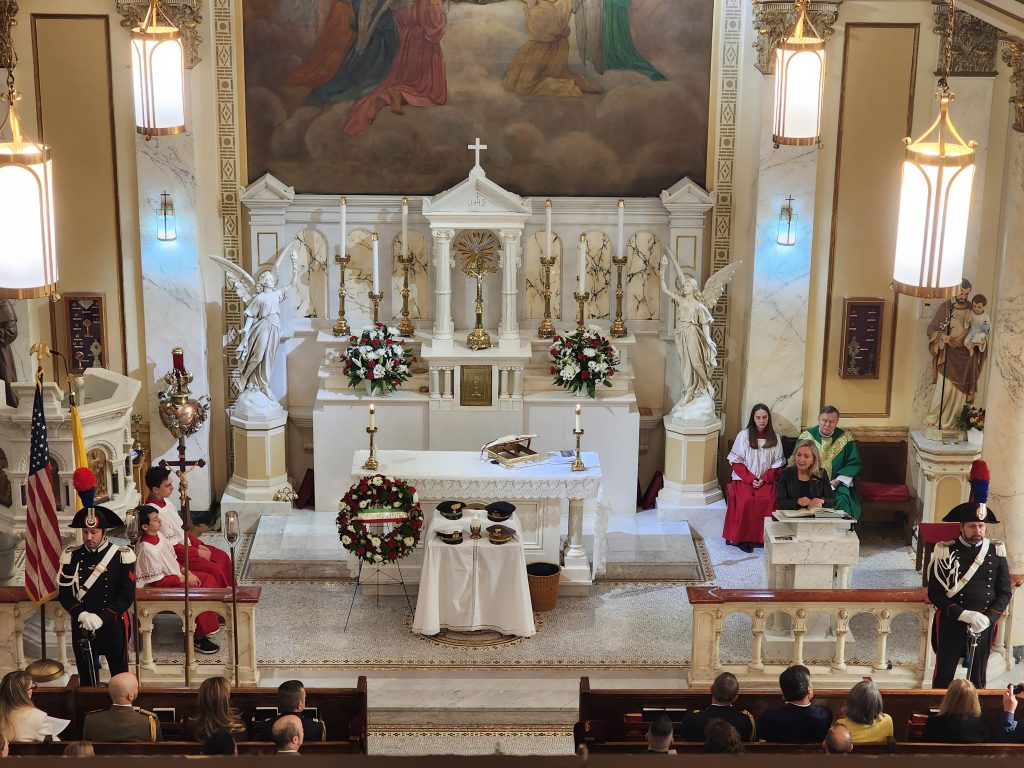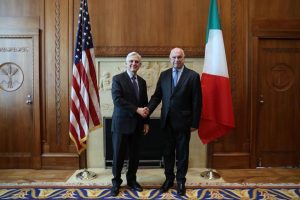
One of only two of Botticelli’s paintings of an isolated Venus is currently on view for the first time in the United States in Botticelli and the Search for the Divine: Florentine Painting Between the Medici and the Bonfires of the Vanities, a major international loan exhibition organized by the Muscarelle Museum of Art in Williamsburg, Va., in partnership with the Museum of Fine Art in Boston, and Italy’s Associazione Culturale Metamorfosi.
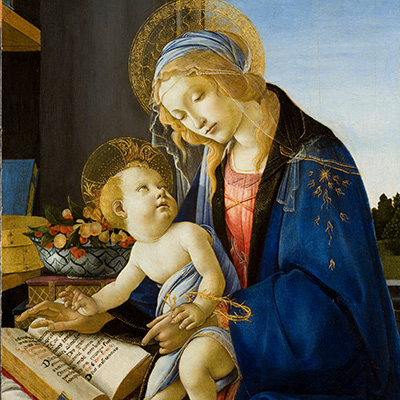 The restless, prolific and original genius of Sandro Botticelli (1445-1510) will be explored in depth in this historic exhibition, which features sixteen of his paintings, most with life-size figures, from major museums and churches in six Italian cities, including Florence, Milan and Venice. Every phase of the artist’s long, tumultuous career is represented in the selection, by far the largest and most important Botticelli exhibition ever staged in the United States.
The restless, prolific and original genius of Sandro Botticelli (1445-1510) will be explored in depth in this historic exhibition, which features sixteen of his paintings, most with life-size figures, from major museums and churches in six Italian cities, including Florence, Milan and Venice. Every phase of the artist’s long, tumultuous career is represented in the selection, by far the largest and most important Botticelli exhibition ever staged in the United States.
Botticelli and the Search for the Divine features six rare paintings by Botticelli’s great master Filippo Lippi, the only pupil of Masaccio. The cultural milieu of Renaissance Florence will be represented by paintings by Filippo’s son, Filippino Lippi, Botticelli’s most important student and a leading master in his own right, as well as Antonio Pollaiuolo, and portraits of Lorenzo the Magnificent and his nemesis, Fra Girolamo Savonarola.
About the Artist
Sandro Botticelli (Florence 1445 –1510), was one of the most original and creative painters of the Italian Renaissance. Today his name and images are known as widely as Leonardo da Vinci and Michelangelo, who were his friends. Together with his deeply moving religious images, Botticelli is renowned as the unchallenged master of classical mythologies. In his time, he also replicated the central figure of his iconic Birth of Venus in the Uffizi gallery in Florence in paintings with dark backgrounds stripped bare of place and time, just displaying the solitary beautiful nude. One of the only two such Venuses known today in the world, from the Galleria Sabauda museum in Turin, will be on view for the first time in America, together with many other works that have never previously traveled to the United States.
By 1490, as the first Renaissance century drew to a close, Sandro Botticelli was reputed the greatest painter in Florence. Born in 1445, Botticelli’s path to success had been guided by the Medici dynasty headed by Lorenzo de’ Medici, Il Magnifico. Naturally willing to learn, Botticelli returned the favor with sensuous fantasies on the Birth of Venus and the Allegory of Spring inspired by the Medici passion for the beauty of ancient Greece and the exoticism of the Romans. Botticelli’s mythologies endure among the best-known images of the Renaissance and the most famous paintings in the world.
Sandro Botticelli’s idyllic life was changed forever when Lorenzo the Magnificent died unexpectedly in 1492. His son and successor, Piero the “Unfortunate”, so thoroughly mismanaged affairs that the government of the city was ceded to Fra Savonarola, the fiery preacher and nemesis of the Medici. Botticelli is the most prominent of the painters whose nudes and pagan subjects were thrown on the notorious Bonfires of the
Vanities that took place on Fat Tuesday (mardis gras) of 1497 and 1498. Some authorities believe that Botticelli himself participated in the burning.

